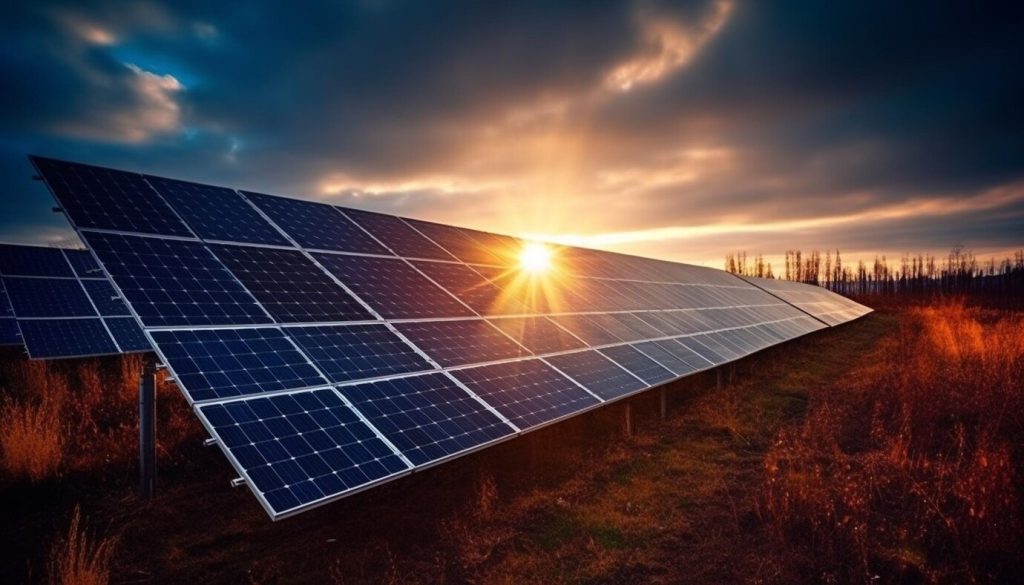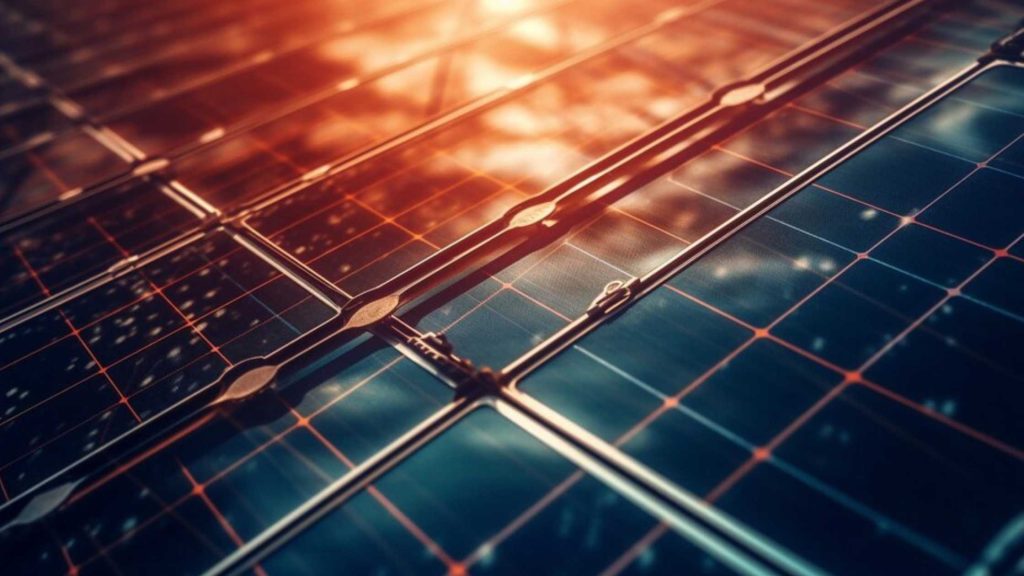With the increasing importance placed on clean energy solutions, solar electric power in India has become one of the most preferred substitutes for traditional energy sources. Solar power is the easiest way to generate electricity because it directly uses the sun’s rays and is one of the cleanest and most economical alternatives for households, businesses, and industries. In this article, we will review how solar electric power functions, its benefits, as well as the leading producers of solar power in India, including Niche Clean Energy, a solar electric power generation company in India that is revolutionizing the renewable energy sector.
How Does Solar Electric Power Work?
Solar electric power captures sunlight using photovoltaic (PV) panels that can transform solar energy into direct current (DC) electricity. An inverter then changes the DC electricity into alternating current (AC) electricity, making it suitable for households and companies. Other forms of electricity produced can be stored in batteries or sold back to the grid’s energy supply through net metering. This form of renewable energy does not pollute the environment, is inexpensive, and lessens the dependence on fossil fuels. In India, solar electric power is increasing exponentially alongside demands for sustainability where major solar electric power generation companies in India like Niche Clean Energy are at the forefront of clean energy solutions. Convenient, reliable, and abundant, with so many advantages of solar energy, it is no wonder why it is positioned as the power source of the future.
Understanding Electric Energy from Solar Sources
The process of obtaining electric energy from solar sources starts with the capture of sunlight using photovoltaic panels (PV), which is then transformed into electricity with the help of other components. The following steps are crucial for the attainment of solar electric power:
- Solar Panels(PV Models): Photovoltaic modules, commonly referred to as Solar Panels, consist of components, usually silicon, that encapsulate the sunlight while creating direct current (DC) electricity from it.
- Inverter – There is a need to change the DC power into AC power (alternating current) for usage at houses or businesses.
- Battery unit (optional): In case there is a surplus in energy, it can be reserved for future use during power cuts at night or on cloudy days.
- Net Metering System: This system is extremely beneficial for users as it allows the re-distribution of unused energy back to the grid. It gives the user credits which will lower usage bills.
The Process of Acquiring Electric Energy Utilizing Solar Powers
- Sunlight Absorption – The solar panels will contain several semiconductors which upon receiving sunlight will enrich the electrons within them.
- Electricity Generation – When the previously mentioned electrons are stimulated, they start moving along and that produces a current.
- Conversion to Usable Power – As mentioned before, the inverter changes DC to AC power.
- Power Storage and Usability – Electricity that is produced can be used on the spot or saved in batteries for later.
- Grid Interaction – Power cut is no longer an issue since people will supply electricity to the grid.
Electric Solar Power in India
India has experienced remarkable growth in solar electric power in India, with initiatives such as the National Solar Mission, which aims to achieve 280 GW of solar energy capacity by 2030. Some of the reasons supporting this growth are:
- Availability of Solar Energy – India receives 5-7 kWh per square meter of solar radiation on average, which is quite high.
- Lower Costs of Solar Panels – The modern technology and mass production made solar energy cheaper.
- Government Policies – The Government has caused the adoption of solar power through the provision of grants, tax cuts and incentives.
- Electrification of Rural Areas – Solar energy acts as a source of electricity in isolated and off-the-grid locations.
Advantages of Solar Energy
- Renewable & Sustainable—Unlike fossil fuels, solar energy is always available and does not get exhausted.
- Lower Power Costs—Solar meters and other forms of solar subsidisation greatly reduce expenses on energy consumption.
- Cheaper Repair Costs—Solar panels need the least possible servicing after installation.
- Proactive—Solar energy reduces global warming and is eco-friendly as it minimises carbon emissions.
- Energy Freedom—The electricity produced by households and businesses helps them lessen their reliance on grid electricity.
Producers of Solar Power in India
India is home to some of the pioneer producers of solar power in India, producing in line with some of the world’s largest producers, which helps them push innovation within the sector. Some of the major solar companies are:
- Tata Power Solar: One of the first companies in India’s solar industry to provide residential and commercial solar services.
- Adani Green Energy: One of the largest renewable energy companies in India
- Azure Power is a company that focuses on large-scale solar utilities.
- Niche Clean Energy: An up-and-coming company in the renewable business specializing in clean energy.
- ReNew Power: A key player in meeting solar energy targets set by the country.
Solar Electric Power Generation Companies in India
Many solar electric power generation companies in India are engaged in the solar revolution of the nation. These businesses work on:
- Electricity generation from large-scale solar farms and selling it to the national grid.
- Solar systems for residential and commercial business users.
- Advanced solar technologies to improve performance and reduce prices.
Some of the key players within the niche are:
- Sterling & Wilson Solar are well known for being a solar EPC, or engineering, procurement, and construction company.
- Suzlon Energy is a global brand with a strong position in wind energy and the integration of both undertakings under one company’s name.
- Hero Future Energies Making investments and raising capital for new initiatives in large solar projects.
Niche Clean Energy: A Leader in Solar Power Adoption
Niche Clean Energy is committed to promoting the use of solar electric power in India by offering low-cost and innovative solar solutions. We aim to harness the power of the sun for a greener and more energy-efficient tomorrow. We offer:
- Tailored technological solar solutions for homes, businesses, and industrial complexes.
- Advanced solar technology for better efficiency.
- Affordable and sustainable energy for all.
Final Thoughts
India’s future of solar electric power generation is very promising, with the many solar electric power generation companies in India nurturing this vision. Solar energy needs to be harnessed and used efficiently for clean, renewable, and inexpensive energy, which is the most important need these days. The many advantages of solar energy make it a preferred choice for clean energy. With major producers of solar power in India, such as Niche Clean Energy, the industry is growing at a phenomenal rate and India is on its way to becoming the world’s largest producer of solar power. Investing in solar is not just ideal for environmental conservation but is also a move towards a self-sustained nation and a better future for all.


